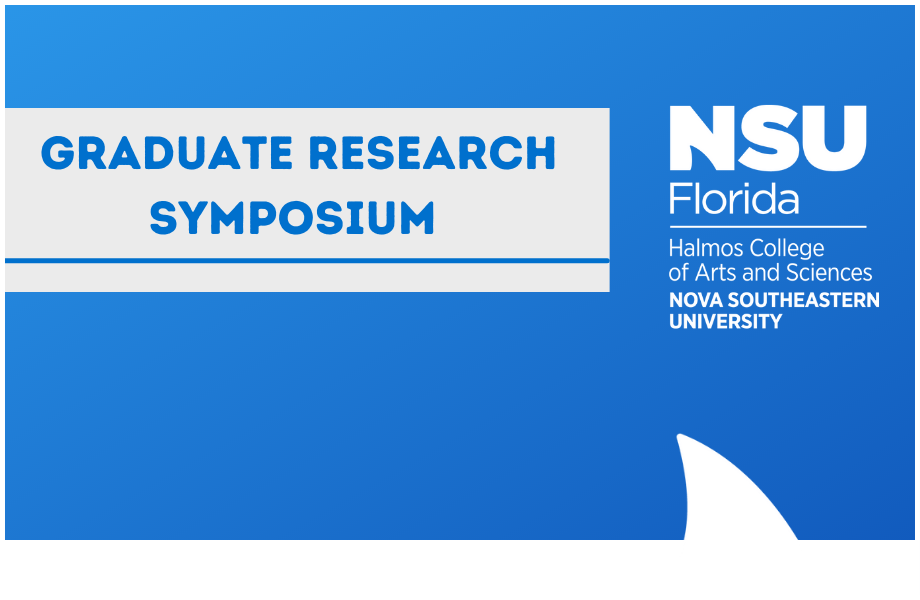DEEPEND: A Tool for Classification of Mesoscale Watermass Structure for Pelagic Community Analyses
Location
Guy Harvey Oceanographic Center Facility
Start
1-30-2018 9:15 AM
End
1-30-2018 9:30 AM
Type of Presentation
Oral Presentation
Abstract
Gulf of Mexico (GOM) pelagic waters are dominated by mesoscale oceanic features such as anti- and cyclonic eddies and the swift Loop Current. These GOM features may structure faunal communities in the deep pelagial and influence trophic linkages from surface waters down. Classifying pelagic habitat structure based on mesoscale watermass features therefore may facilitate quantitative evaluation of pelagic community assemblages. In this study, we developed a tool to classify deep pelagic habitat in the GOM using the deviation of sea surface height (SSH) from mean SSH for the entire GOM and water temperature at 300 m water depth, founded on ocean condition data from the 1/25 ° GOM HYbrid Coordinate Ocean Model (HYCOM) for broad application. Pelagic habitats were segregated into anticyclonic, mixed boundaries, and common water units – all of which likely produce varying levels of forage for deep-sea fauna and may be trophic drivers. Next we contrasted these classifications to classifications based on water column temperature and salinity at depth, as measured by CTD casts during cruises by the Deep Pelagic Nekton Dynamics of the Gulf of Mexico (DEEPEND) consortium over the years 2015-2016. The classification scheme was further cross-validated by comparing the model classifications to classifications based on microbial communities found within the same water masses. We found high levels of agreement between all three methods. Going forward, this tool will be used to aid pelagic community analyses of fauna collected by DEEPEND cruises in the GOM spanning the years 2010-2017.
DEEPEND: A Tool for Classification of Mesoscale Watermass Structure for Pelagic Community Analyses
Guy Harvey Oceanographic Center Facility
Gulf of Mexico (GOM) pelagic waters are dominated by mesoscale oceanic features such as anti- and cyclonic eddies and the swift Loop Current. These GOM features may structure faunal communities in the deep pelagial and influence trophic linkages from surface waters down. Classifying pelagic habitat structure based on mesoscale watermass features therefore may facilitate quantitative evaluation of pelagic community assemblages. In this study, we developed a tool to classify deep pelagic habitat in the GOM using the deviation of sea surface height (SSH) from mean SSH for the entire GOM and water temperature at 300 m water depth, founded on ocean condition data from the 1/25 ° GOM HYbrid Coordinate Ocean Model (HYCOM) for broad application. Pelagic habitats were segregated into anticyclonic, mixed boundaries, and common water units – all of which likely produce varying levels of forage for deep-sea fauna and may be trophic drivers. Next we contrasted these classifications to classifications based on water column temperature and salinity at depth, as measured by CTD casts during cruises by the Deep Pelagic Nekton Dynamics of the Gulf of Mexico (DEEPEND) consortium over the years 2015-2016. The classification scheme was further cross-validated by comparing the model classifications to classifications based on microbial communities found within the same water masses. We found high levels of agreement between all three methods. Going forward, this tool will be used to aid pelagic community analyses of fauna collected by DEEPEND cruises in the GOM spanning the years 2010-2017.


